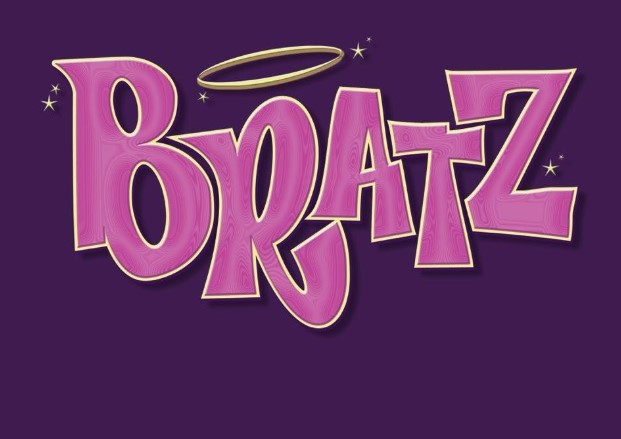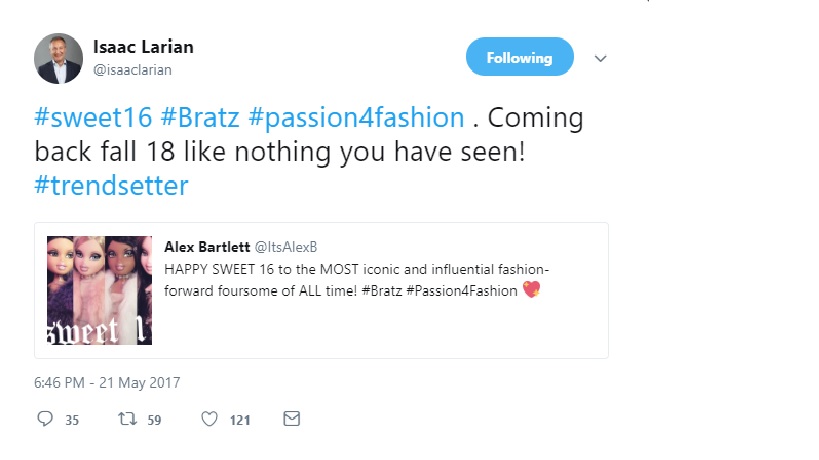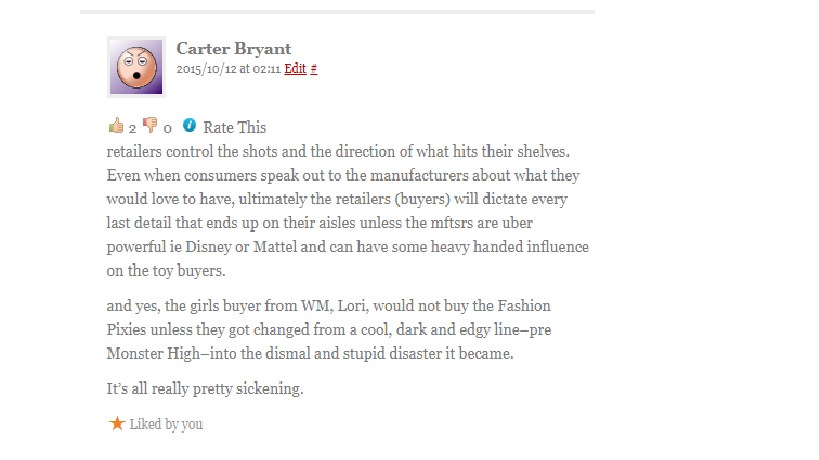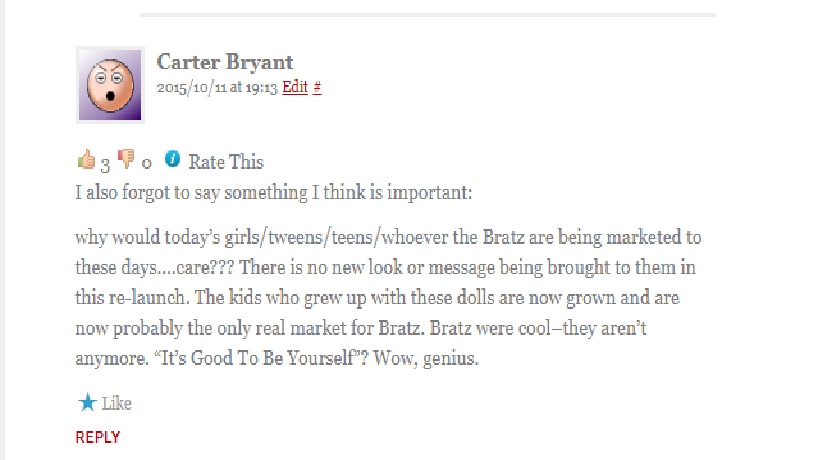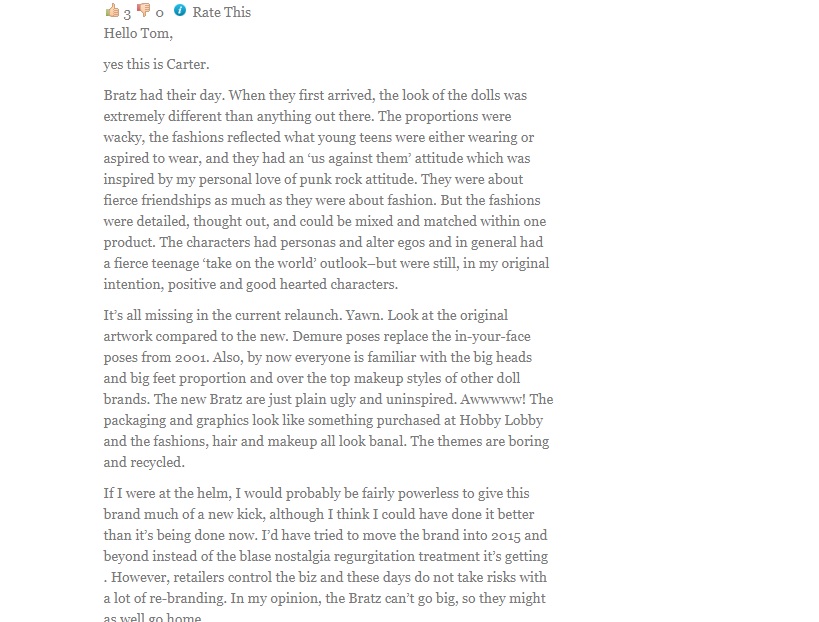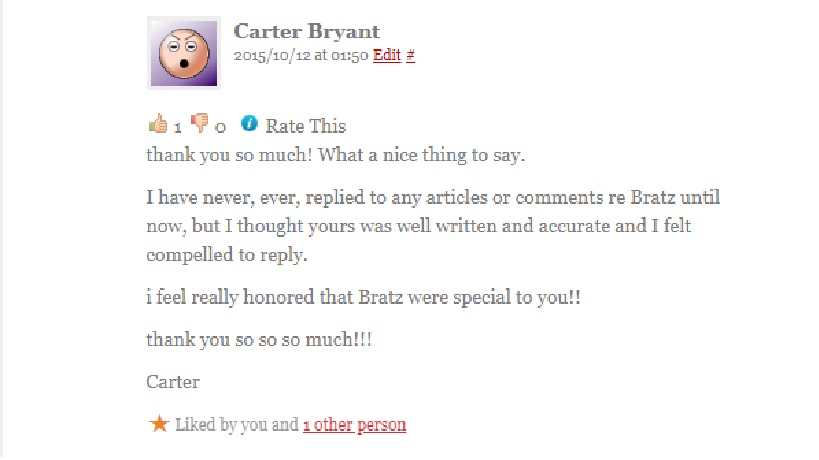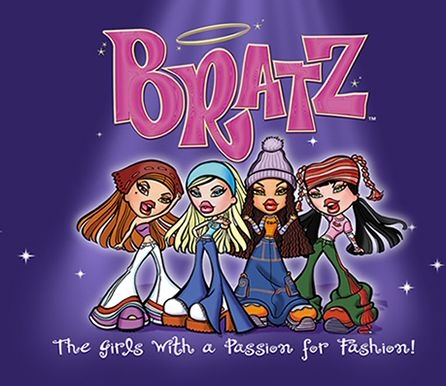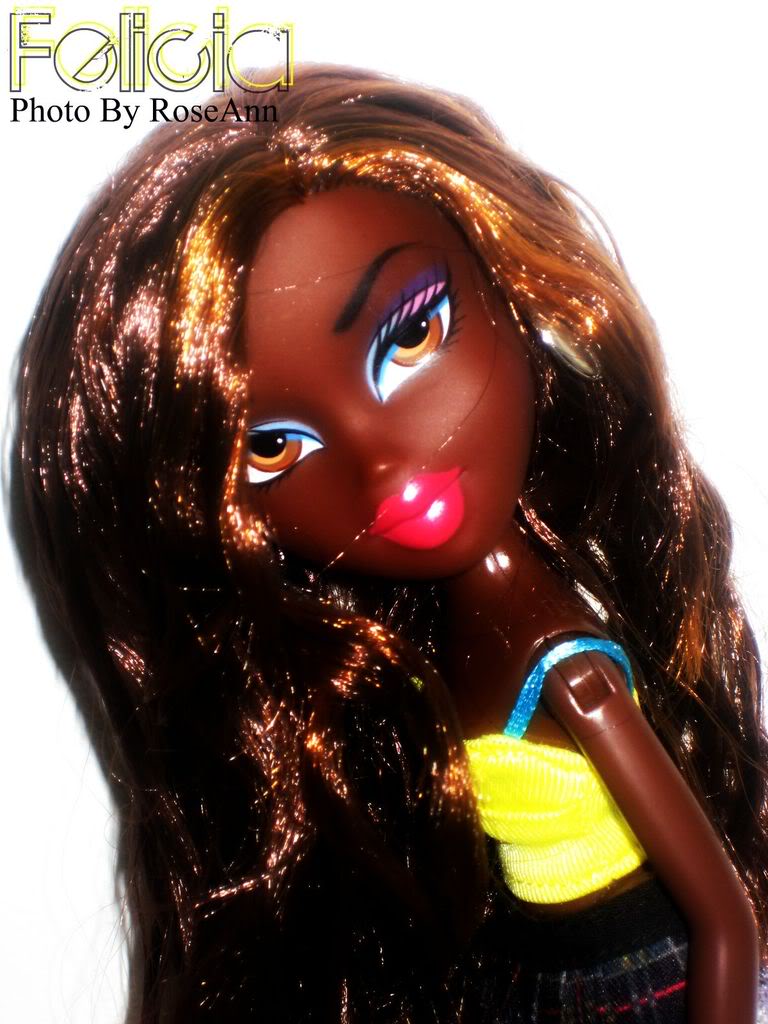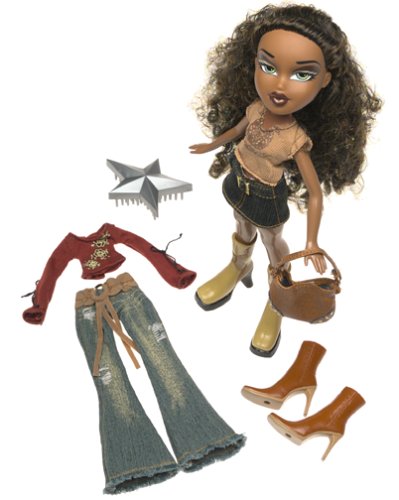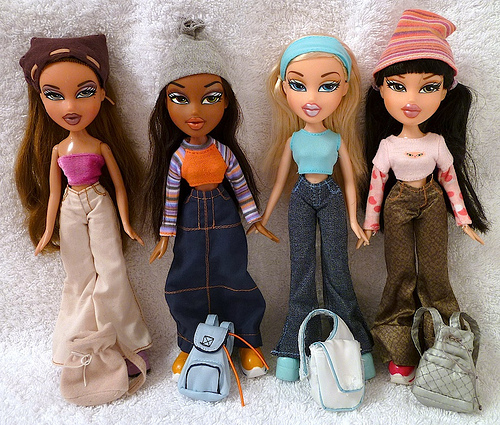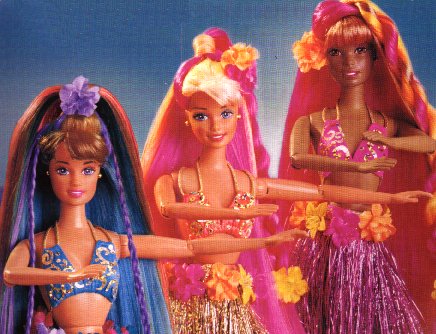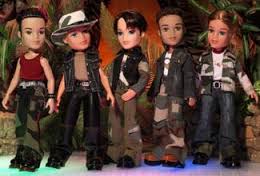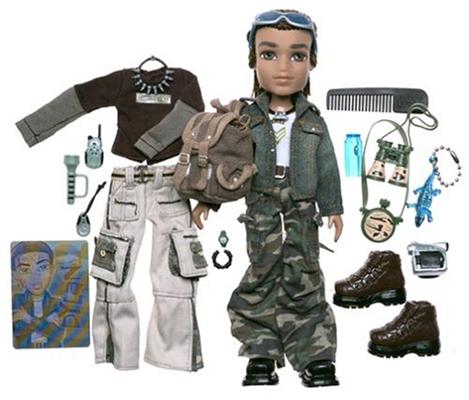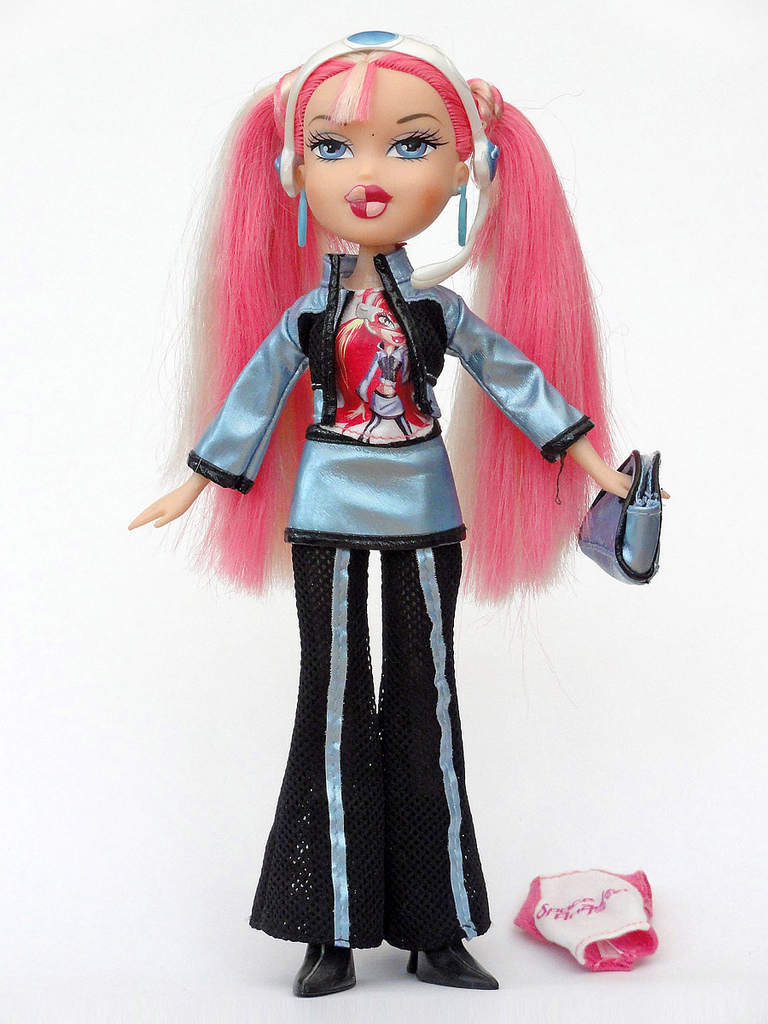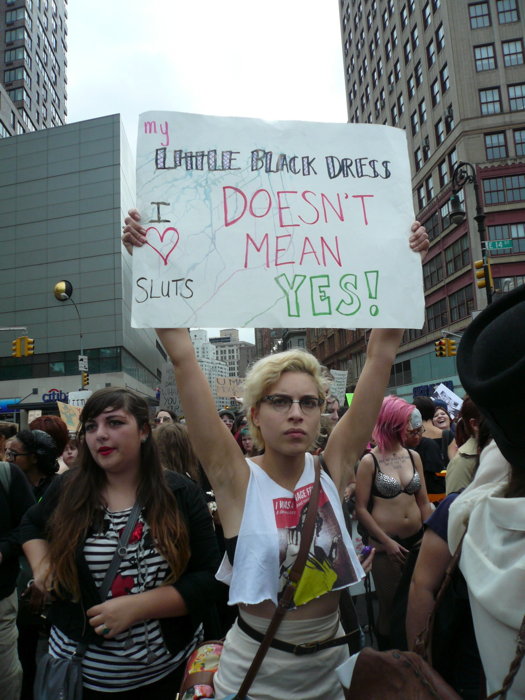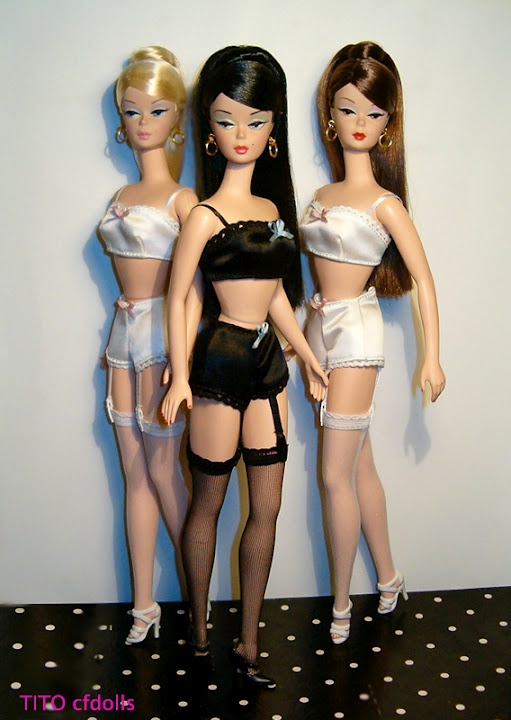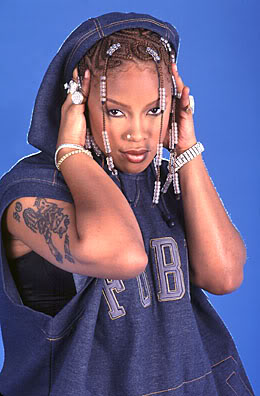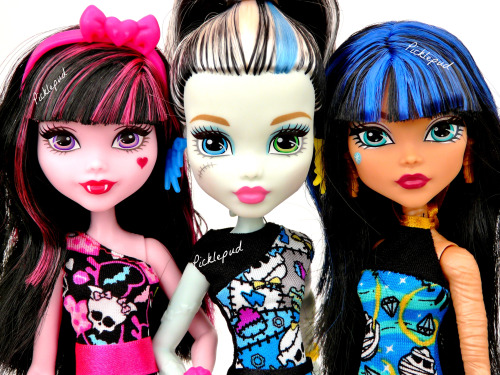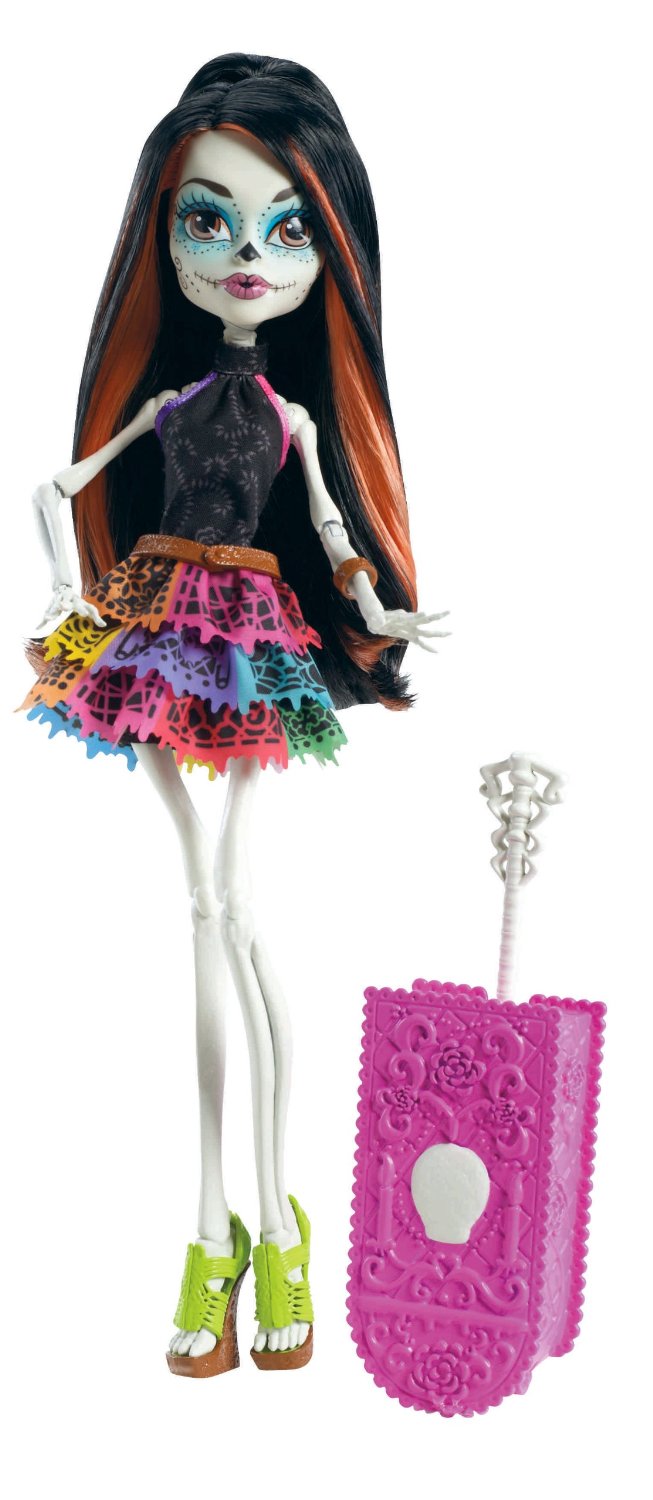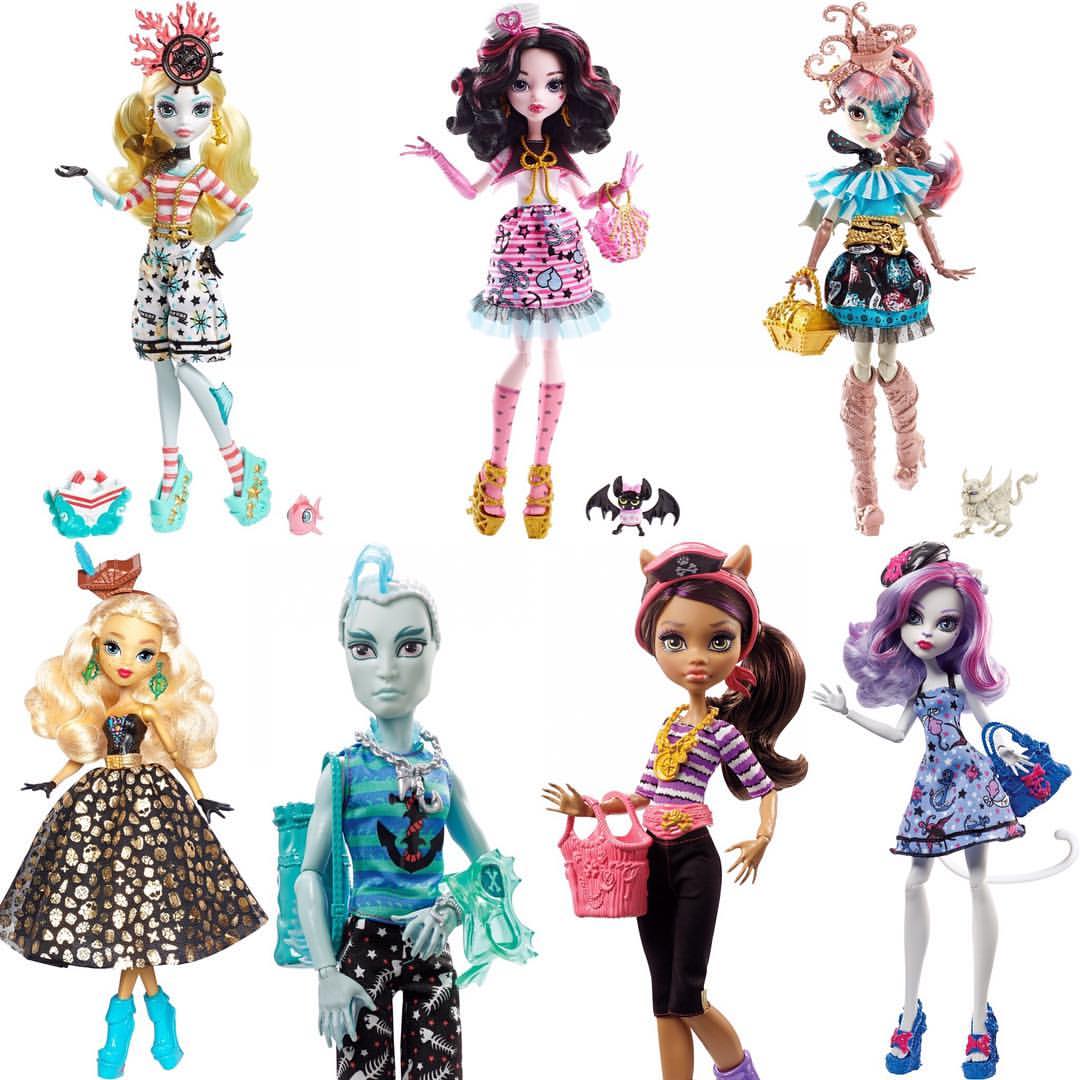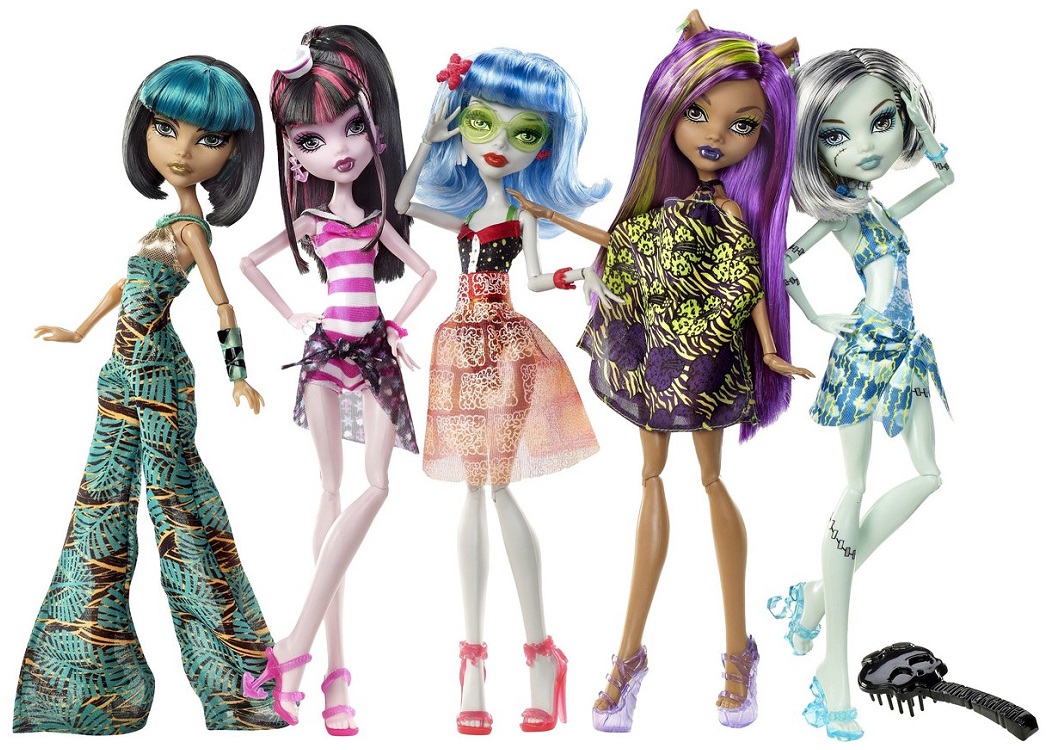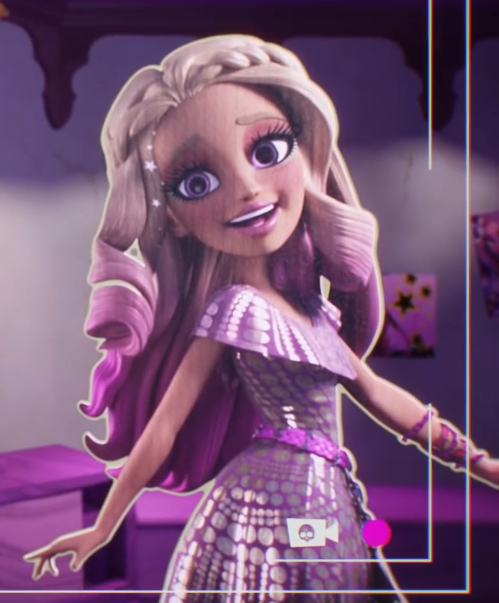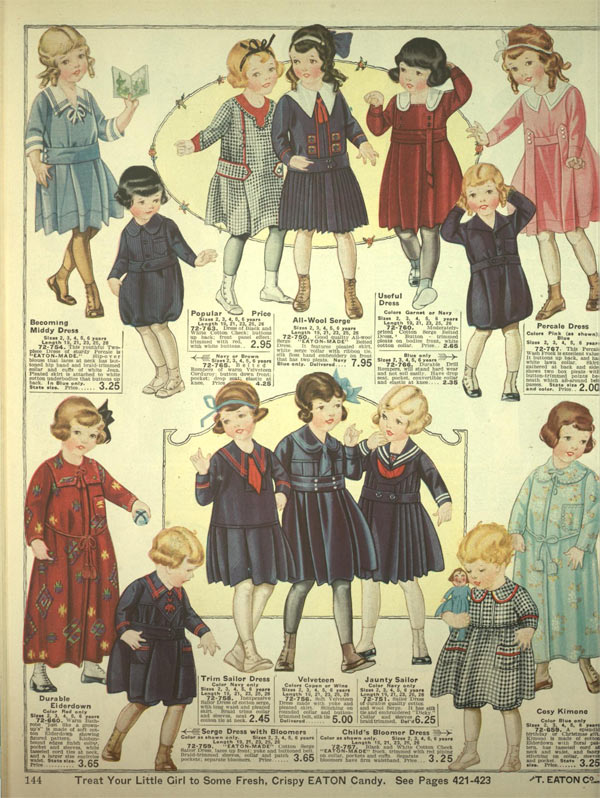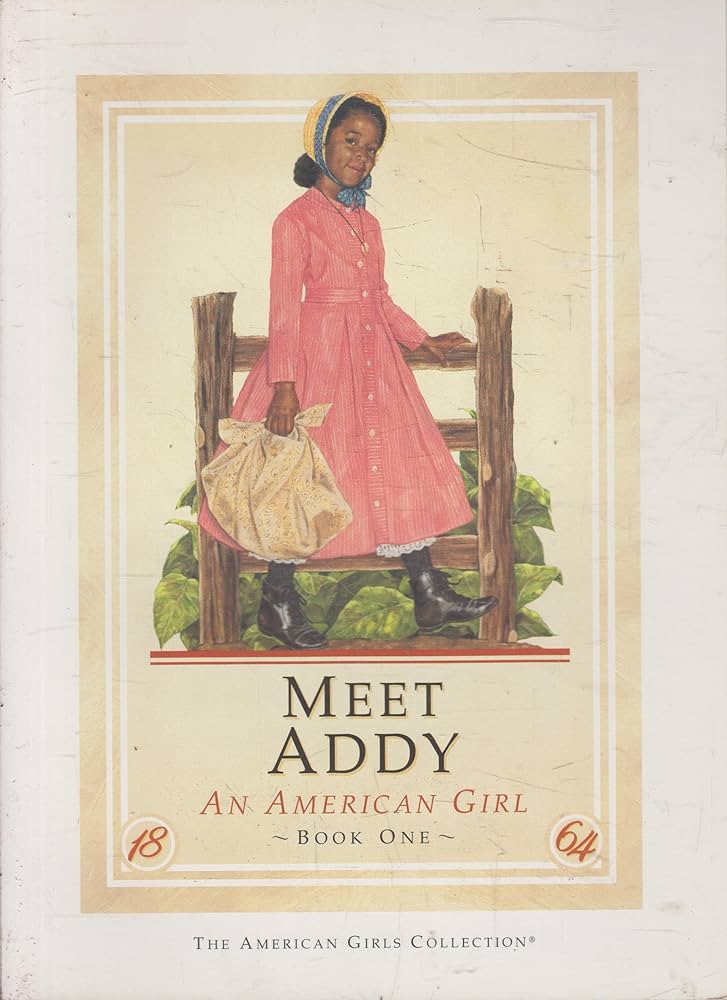Shortly after I created the article Top 5 Characters The Rainbow High series Assassinated, news released that Rainbow High is going to be “re-branded”, which basically translates to mean to me that they’re getting a reboot. MGA Entertainment, the company that produces the doll franchise, released this statement:
In spring 2024, we are re-introducing the brand in a new light.
Introducing the NEW & MORE PLAYFUL, Rainbow High™ Fashion Dolls. Discover and play with your favorite Rainbow High™ dolls in a new magical way. Every doll comes with a fantastical and adorable pet, DIY sparkle slime, a crystal shaker, and customizable fashion.
Make Sparkle Slime! Each doll comes with DIY sparkle slime; and it’s super easy to make. Just pour the powder into the crystal shaker, add a little bit of water, and then shake it up to reveal a color explosion. Let it sit for 15 minutes. And then you’re ready to play with your slime. And for those that love their slime to sparkle, you can add a little or a lot of shimmer powder to make it just the way you want it.
And for the first time ever, EVERY Rainbow High doll comes with a PET that you can customize by filling their head with the DIY slime. And you can even fill and customize your handbag and shoes. Just add slime to change the color. Kids will love playing with their favorite Rainbow High™ dolls, their Pets, Fashion, and slime over and over again.
The last time I heard this type of statement was when MGA Entertainment decided to reboot their sister brand Bratz back in 2015. The results were not pretty (though back then some fans tried desperately to defend the move).
When I read this statement about the direction Rainbow High is going in, it sounds like they’re trying to make this brand more “kid-friendly”.
In fact, it seems like they’re trying to return to this brand’s earlier days when they were called Rainbow Surprise, an extension of MGA’s Poopsie Slime Surprise toys. Does anyone remember those dolls?
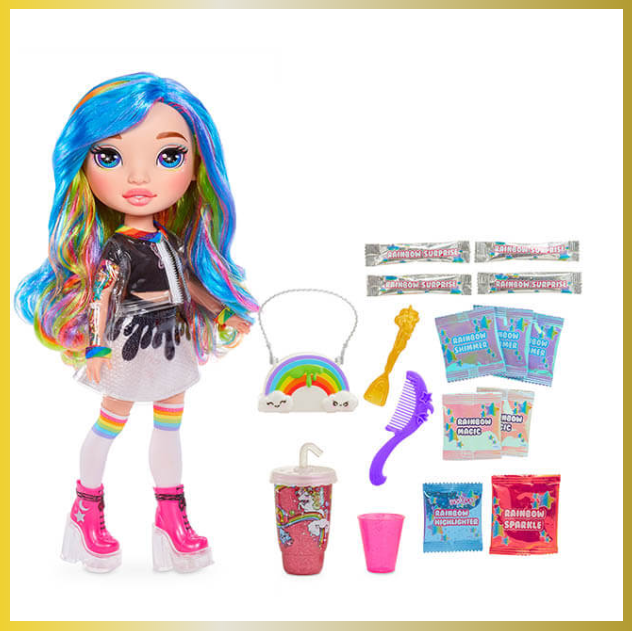
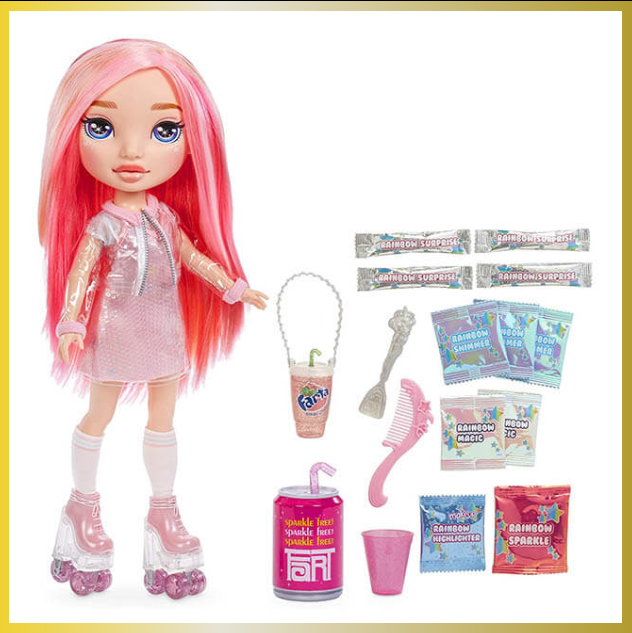
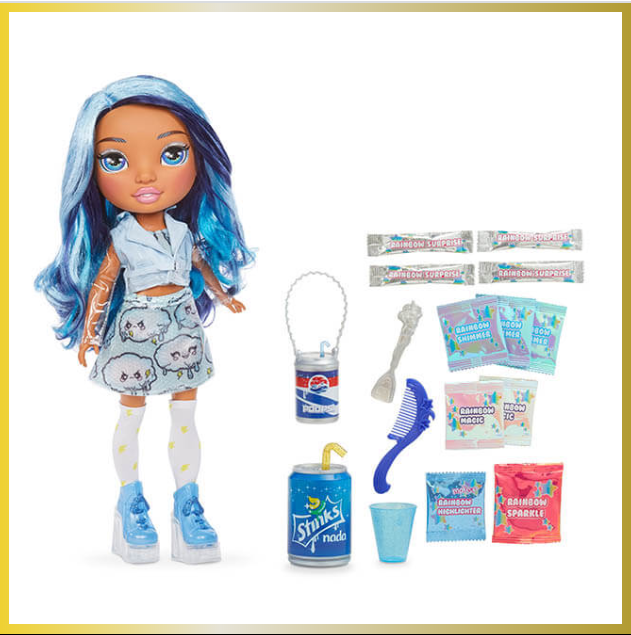

Notice that Amaya looks like the former Rainbow Dream (which also became the name of a band in the Rainbow High series). Violet looks like the former Amethyst. Skyler looks like the former Blue Skye. The now-Rainbow High official website was actually once the website for the Rainbow Surprise dolls. That’s proof that these dolls are connected. Honestly, Rainbow High was the reboot. It’s actually G2 (Generation 2) of the franchise.
Rainbow World is now G3, and it feels like they are trying to revive an old method of selling these “Rainbow” dolls. The new dolls are going to come with slime and “poopsie” pets, too, similarly to the original ones.
But what’s worthy to note is that those old dolls didn’t last beyond one wave. They were apparently a flop. Granted, it is possible that the toy industry climate is different than what it was when those old dolls were released, so maybe there’s a second chance in there, but what physical evidence does MGA have that makes them think re-branding Rainbow High back into (basically) Rainbow Surprise again would make the brand more successful?
There are other noticeable changes with this launch. Poppy Rowan, the orange doll who’d been released with the initial Rainbow High Series 1 line-up, is missing. It appears they dyed Amaya Raine’s hair a mix of orange and pink to make her appear like a replacement. There’s still a bit of fan animosity towards this character, since the series “assassinated” her character arc, but in reality, among kids, she may actually have the higher physical sales. The kids apparently don’t care about the series, or what happened with her was not enough to stop them from liking her as doll.
There also seem to be some personality changes. Violet, who is mostly glam, is seen with a sweater tied around her waist. Jade appears a bit more feminine than she was at her initial launch (where she was almost identical to Billie Eilish during her “Bad Guy” days).
With these few changes being leaked, the question everyone has been grappling with is…Why?
Rainbow High had become far more successful after they dropped Rainbow Surprise. It’s especially popular among adult collectors. The Rainbow High dolls were far more fashionable, had a more interesting and relatable Youtube/Netflix series, and had so much potential to expand. For example, I wanted a Rainbow Union playset, dorm room playsets that showed all of the characters’ bedrooms, and some information about Shadow High’s headmistress (who’d still been left a mystery by the end of the series). It also would’ve been interesting to have some world destination lines, prom attire, and more. All of that potential has been wasted. There had been so many unreleased items that would’ve been great ideas. I’d also thought the Rainbow Vision Season, Season 3, drove sales of the Kpop-inspired dolls, which I thought would’ve increased sales for the brand overall. They even had a Roblox game to promote it. They got millions of views on Youtube and millions of listens on Spotify.
So, as I was sitting here, wondering why MGA Entertainment would suddenly reboot a brand that seemed successful, with so much potential, after just barely four years on the market, I’ve come up with four different theories.
The Sales Weren’t Hot
To any doll enthusiast, this might seem like the least likely conclusion, but I’ve learned that online communities do not reflect the outside world, when we all “touch grass”. The internet can be a vacuum of thought, especially since every bit of social media is influenced by algorithms. Depending on what fan groups or spaces you frequent, they can get you thinking anything. In the right spaces, they can have you believe these dolls are wildly popular with amazing sales figures. In another space, they can have you believing these dolls are not doing so hot.
The truth of the matter is, in this social-media driven climate, I’m likely to believe that, while the initial response towards the line was favorable, there’s so much online that can distract people and get them interested in other things. I believe keeping the momentum going has been challenging. I personally don’t believe Rainbow High’s sales were that great for the last year and a half. I especially think they didn’t do as well as the company hoped it would. Rainbow High was already internally competing with sister brand L.O.L. Surprise. With the Barbie movie’s success making the Barbie doll a top seller again, they are now having to compete from that angle as well. The company that produces Rainbow High is possibly struggling with trying to keep the brand fresh, with trying to get the brand to go viral, and with trying to get kids largely interested.
The Rainbow High Youtube series might have sold the brand initially, but they have had four seasons, with views dropping off between seasons, and it’s mostly on Youtube. There are other competing social media platforms now, and the younger kids are now on Tik Tok. Rainbow High hasn’t largely moved over into the Tik Tok arena because, technically, that app/website isn’t supposed to be for kids. Yet, that’s where the kids are.
Kids are also watching other shows based off of other toy franchises, and some of these shows are airing on kids’ networks and are on popular streaming platforms (Monster High is an example).
To add, I’m sure the Rainbow High show developers are running out of ideas. It may be possible they can’t think of a better story for another season and want to expand the brand outside of the same-old school setting so they have a wider way to promote the franchise. “Rainbow World” can ensure they can create any worlds and settings that they want to. This opens the potential for many different fashion lines, too.
Overall, I think MGA Entertainment has been struggling with actually trying to make Rainbow High into a mega-success. Nowadays, it isn’t enough to have moderate success. The brand needs to be a huge hit in order for companies to find the investment worth it. The same old methods of promoting and pushing doll brands don’t work anymore. The methods have been constantly changing and fast, and the company seems to be struggling to adjust to the changes.
I’ve felt, since the beginning, MGA has been completely clueless as to how to sell these dolls. First, when they released them back in 2020, everyone noticed the lack of dark skin representation, so the dolls didn’t have a positive beginning. Second, I’ve already shared why I felt the web series assassinated some characters’ personalities (interrupting the sales of some of these dolls) for the sake of drama (which they mistakenly believed would bring enough attention to the doll franchise to drive sales).
But there have also been some interesting doll concepts in the series that they’ve waited years to actually produce something from (such as the Final Runway collection) in doll form. Before the series came out, how could they not have known fans would want doll lines, playsets, and items from some of the concepts in the series? It baffled me that many outfits and playset-potential locations, vehicles, and more appeared in the series back in 2020, 2021, and 2022, but weren’t released until THIS year, 2023, way after they’d appeared in the series. In some cases, they didn’t produce some potential ideas at all (like the Rainbow Union Café and the individual Dorm rooms). And they produced some playsets that had nothing to do with the series at all (like the Rainbow High House).
They’ve also failed to add character-specific accessories in the boxes for extra play value, especially in the beginning. I’m still trying to understand why Ruby never came with any Graphic Design tools, Jade with no makeup items, Poppy with no DJ turntables, etc. Later, they tried to add more accessories to certain dolls, but a lot of them felt hollow and generic rather than “character-specific”. The Rainbow High Runway dolls they released included designer sketchpads for each character, but most fans were under the impression some of the characters they actually included in the collection (Ruby, Sunny, Violet, Poppy, and Jade) were not fashion designers based on their boxes including their real majors/focuses on them. The spin-off Shadow High Project Rainbow dolls all came with water bottles, laptops, and make-up, but hardly any of these items were even emphasized in the actual season they made an appearance in and didn’t relate to the characters’ interests in fashion design. Where were the sewing machines? Or the Project Rainbow playset? Some of the more major dolls that actually came with items, like Amaya’s Hair Studio and Avery’s Fashion Studio, sold very well, yet they were treated like special edition exceptions, not the rule of thumb.
The packaging was also boring, especially in comparison to L.O.L. Surprise, MGA’s biggest money-maker. The packaging was too sophisticated for children walking down toy aisles (which, believe it or not, still impacts the sales of dolls). Experts have proven that kids are more drawn to bright colors. They’re also drawn to whimsical designs. There was also a lack of individuality between them. For a brand that’s supposed to be about color and diversity, why was the packaging so dull? I would have liked graphic design packaging for Ruby, green packaging with scary eyelashes on it for Jade, and a fuzzy packaging with animation doodles on Sunny’s, as examples. Why didn’t they individualize the packaging at all? Especially if you’re not going to put any interesting items in the boxes?
The only thing selling the dolls was their connection to high-fashion designer brands (since their outfits were knock-offs of familiar brands like Chanel, Supreme, Moschino, etc), and only adults care about that. Eventually, the dolls toned down with trying to look too high fashion and started looking more and more generic. In any case, adult collectors, believe it or not, do not make up the bulk of the toy-buying consumers, though the internet can have people in their vacuum believing otherwise. Children drive the million-dollar sales of toys, and they didn’t care.
Shadow High, the “darker and edgier” spin-off, brought some temporary buzz, but the two seasons they appeared in assassinated some of these characters’ personalities, too, essentially making them the “villains” of the series (and not all in likeable ways). Also, when we “touch grass” and step into reality, most children do not gravitate towards “dark dolls” unless they have cute aspects to them (like the new Monster High dolls, who seem to make Halloween look “cuter” rather than “edgy”). Their parents might not like them, either.
Some Rainbow High fans could never really embrace the “monochrome” appearance of the Shadow High dolls’ skin color and hair.
I’ve heard that fans were complaining about Rainbow High at every turn, especially regarding cultural insensitivities. The Lila Yamamoto character was criticized for lumping all Far-East Asian countries together. Maria Garcia came under fire during her release for sporting a Spanish-style flamenco dress (not a Mexican-inspired one), with no marigolds and a strange color, for Día de Muertos. Also, they hated it for the price point. I’m not sure why Barbie’s pink dress got a pass, but it’s true that Rainbow High fans are different from Barbie fans. Also Maria was more expensive than Barbie’s doll. People are also tired of Day of the Dead dolls being so expensive (though inflation has made it impossible to create a decent doll without the high price point, otherwise the dolls would look even more disrespectful).
Multi-fan doll collectors are also of more value to a company nowadays, and they are holding companies accountable, measuring each doll company based on their competition. “Doll influencers” are more valuable than “Rainbow High influencers”. This is because “doll influencers” can bring many doll enthusiasts to a brand rather than someone who goes hard for one brand. By following the general doll enthusiast, this also keeps companies abreast of what their competitors are offering. This is why so many fans that were promoting one brand on their social media have switched to talking about all the major dolls in the industry. Fans today are more aware of the competition, and if a doll is not up to snuff, they will compare the doll to the competitor, using it as an example as to why they won’t buy. If I had a dime for every comment I’ve seen where a fan that hated a doll line said “I’m over this. I’m not collecting anymore. I’m going to start collecting [x, y, z]”, I’d be rich. In fact, I’d put in a dime for myself, because I’ve been saying the same thing. And fans should be able to go towards the companies that reflect their values, especially if using their own money. But companies that started off with very little competition back in the day aren’t used to this level of competition and doll enthusiasts’ higher standards. So, when companies get any sort of criticism, it’s time for a reboot.
Fans claimed they were bored with the Season 3 episodes (though it generated the most buzz and had a slew of views), and they fell off completely when Season 4 launched.
I think it’s clear that Rainbow High needed a fresh new start to their approach. I’m not sure if Rainbow World is the right new approach, but it’s pretty clear something was missing before and something new needs to be done.
Inflation
Honestly, the sales of the dolls and inflation aren’t mutually exclusive topics. I’ve talked about how inflation has crippled many doll franchises, including Rainbow High’s sister brand Bratz, for a while now. Due to world events, prices for everything have skyrocketed. The cost to make high-quality dolls has risen along with everything else. It doesn’t help that people no longer support the toy industry unless there is some nostalgic pull or some social media buzz on the right platforms, and at the right times. New brands suffer even more. Unfortunately, sales numbers that might have been fine 10 to 20 years ago are not enough to float a brand today. Or companies think they can get the public to believe that so they can drive higher prices while producing cheaper dolls, keeping money in their pockets while producing subpar material. The answer might be somewhere in the middle.
Many doll brands were, in fact, hurt by the pandemic, though. They had to rely exclusively on online sales, and now people have become accustomed to making their purchases this way. This took away extra sales from brick-and-mortar stores. People also lost their jobs and didn’t have disposable income. They only invested in the things they felt were worth it. Then, global wars and political unrest have been influencing how dolls are produced, manufactured, and sold, since we have all been globalized and rely one one another for resources.
And unfortunately, over the last few years, it hasn’t been the physical quality of a doll brand that has sold a doll, actually. It has been the nostalgic pull of it, the references to pop culture it could make, and whether the biggest influencers online cared enough to talk about it. That has decided the “value” or whether something was worth the purchase. I say this because I’ve heard “fans” say they will buy dolls that are ugly, of low quality, and sub-par, as long as they’re getting “more of this brand”, mostly referring to old-time brands. On my Youtube channel, someone said they’d rather buy the cheaper-looking Bratz Holiday Felicia instead of the expensive Felicias, being sold on the secondary market, produced back in the older days, and were of higher quality. But why buy any Bratz at all if neither one are delivering? Just to keep the brand around? For what? For some strange reason, people want to keep old struggle brands alive even when it’s clear they’ve outlived their glory days (Bratz is an example).
But when it comes to new brands, people do not support it even when they do like what they see and when the effort is actually there. They don’t support it until it isn’t around anymore, has some years to marinate, and can drive nostalgia. It doesn’t help that, because of fragmented media, creating divided fan spaces, fandoms have been fragmented. There are just too many fan communities. Yet, companies have settled with focusing on promotions on the platforms that have the higher numbers, not focusing on the platforms that are struggling to gain a following. This leaves many people not even aware of releases or new items if they’re not on the bigger social media platforms. Commercials also don’t sell things like they used to, and people are paying to block ads.
Companies can’t afford risk nowadays. The cost to make the “high-fashion” type of doll Rainbow High was promoted as is just too high right now. With that being said, it feels like the “Rainbow World” re-brand is MGA’s sign that they need to reduce the cost of making these dolls. MGA is balancing two big brands; one of them will suffer.
There have also been people asking for the prices to be lower. In order to make affordable dolls, they have to make the dolls cheaper. Once they make the dolls cheaper, the quality will decrease, so they have to use other embellishments to make them sell, and that could be a lot of color, glitter, and “poopsie” pets. I have a feeling that’s what’s going to happen with these dolls. I think it’s also worth noting that MGA emphasizes that they want these dolls to be more “playful”, implying the original dolls were not playful enough. It was obvious the original dolls lacked play value, but their solution seems to imply they couldn’t afford to make the dolls they already had more “playful” and so they have to cheapen the dolls in order to do so. We haven’t seen the quality yet, but the vibe already screams cheap.
No One Cares and fans don’t matter
When Monster High was rebooted into Generation 3, hard-core fans whined and complained about the major changes the brand underwent, with even whole characters, story, settings being changed tremendously. But did it stop the success of these new Monster High dolls or the Nickelodeon series? No.
Bratz dolls have shown a lack of effort with ugly and problematic collaboration projects and failed reproductions. Yet, the brand still has influence on social media, with people apparently purchasing some of these low-hanging fruits, and even demanding more dolls, more video games, and a real TV series.
What can be drawn from this is, as I’ve stated before, people will buy something, even if they disagree with the direction, just to keep a brand around. Why?
One reason could be the influence of toy and doll social media influencers. Influencers will promote a brand because most of them actually get paid to do so. Even if they aren’t getting paid directly by the company, their views come from people who want to hear their opinions on new dolls, and these views turn into monetary value. If people stopped being interested in these dolls, they lose their money. So, they try to convince people that these dolls aren’t “that bad”, try to find the good in them, and keep pushing for people to support the brand anyway. When someone tells you something positive enough, groups of people will begin to believe it. This influences groups of people into supporting a brand, even if they don’t like the direction it’s going in.
Then, some people just want to belong to a community. When a brand fails, so does the community. That means they no longer have something to do or invest in. This was especially the case during the pandemic where people were first experiencing a “lonely epidemic” as well.
It’s also just easier to be positive and to have fun with things rather than see the bad in something all the time. Some people just feel it’s not worth it.
With that being said, companies know they can re-brand any doll franchise they have, and the fans will still try to be positive and support it. Thus, the company can successfully cheapen the brand and still reap the same rewards. Now that Rainbow High has built a steady fanbase, MGA knows there will be some hard-core fans that will buy it just to review it on Tik Tok and Youtube, just to say they have every single item from the Rainbow High brand, and this indirectly acts as soft promotion. Other people will tune in to watch these videos just to hear the opinions of these influencers, which will be paying them, whether the reception is negative or not. The saying “any press is good press” applies here.
Hardcore fans no longer matter either. Back in the past, fans were the gatekeepers. Heck, there was a thing called gatekeepers. Now, you get public shame for trying it. They influenced the success of every product back in the day. Nowadays, fans can whine and complain until they’re blue in the face. Companies don’t need fan support to drive the sales of a product anymore, they just need people talking about it, no matter how random that person or entity is. Somehow, some way, people who really weren’t passionate about the brand to begin with will find their way to the product because of social media. We are finding “casual observer” influencers pop up. There is a difference between a passionate die-hard fan and someone who is a casual observer. A casual observer is someone who makes commentary on many different topics that cross their minds, with superficial observations, and a lack of true interest in the product. Yet, their approach is entertaining because they aren’t so passionate. It makes their “newcomer” lens appear humorous. A casual observer could also be someone who remembers something they grew up with and decides to suddenly revisit it casually for the moment. If their casual visits get big enough on social media, they might “observe” it a little more and more often.
Someone can do plenty of videos on a topic, casually engaging with a brand because their viewers asked them to, and not be a die-hard fan. Yet, thanks to social media, the “casual observer” with the biggest online following is translated as a “die-hard” fan to companies because there are more casual observers than fans, and those with wide-ranging and huge followings can help drive viewership and sales of products more than the small niche group of fans (especially those without social media power) ever could.
And actually, I’ve found that the more a “casual observer” makes fun of a brand, the more attention it brings to a product. For example, in My Little Pony’s case, the “brony” movement started as a cynical joke. However, it actually drove the sales of the franchise for awhile, making it increase in popularity. Whoever started the movement didn’t actually have to like the product, have knowledge about it, or be a long-time fan. They just needed to get people talking about it online, and, in truth, those people matter more to the company because it made the brand more popular. Long-time fans’ opinions have held less and less power.
Heck, the Barbie movie was the most “anti-Barbie” Barbie film ever, actually making fun of the Barbie world and insisting she live in the “real world” instead of in the world of her own. Yet, because of people’s commentary on its relation to our “real world”, it made everyone want to buy Barbies even more, despite the message of the movie kind of encouraging people not to be disillusioned. People who loved the movie and talked about the movie on social media didn’t care to dig deeper into the actual history, character, and storyline of Barbie, like a hard-core fan would’ve done. Not even the writer Greta Gerwig did. Yet, no one cared what a hard-core Barbie fan thought about it.
Casual observers don’t care about the past of a project. They care about what it is now. Those who don’t care about the past of a project can embrace its future, but they fail to embrace the quality of the content. Therefore, this produces a whole new generation of casual fans that can drive sales, no matter what old-time hard-core fans think, and take brands in whatever backwards direction companies want to take it. It’s just like that Winx Saga reboot. Fans complained and whined about all the horrible changes it made, but somehow it was a success. That’s because average people, who knew nothing about Winx from the past, watched it because it was accessible on Netflix and something to talk about for the “casual observers”, and they drove viewership. So did hard-core fans’ opinions really matter? No.
Kids especially can’t tell the difference between the original property and a reboot, either. To be honest, most kids couldn’t see the difference between Generation 1 Monster High dolls and Generation 2 Monster High dolls back when the first reboot happened. They believe the new Nickelodeon dolls are the first time the brand has experienced a reboot. And some kids can’t even see the difference between even now and then at all!
In Rainbow’s case, when kids walk down an aisle, all they will care about is whether Ruby, Sunny, Skyler, Amaya, and their other faves are there, waiting for them. The only people who could see the difference are adult collectors, which are growing in numbers but, again, are not the primary driving sales consumer. So, who knows. Generation Alpha might fall in love with this newly revamped Rainbow World series. Some fans might, too, embrace the change for whatever reasons they decide, and so there will be nothing anyone could do about it.
One thing is for certain: now that Rainbow High is rebooting, people are talking about it. Come 2024, people will be curious to see what it looks like. Plus, people will eventually get over it and move on. It will draw in a new fanbase, one that probably hated the original dolls, and they will tell old-time fans to shut up. If MGA thinks this is the cheaper route, and they know fans and casual observers will buy it anyway, they’re going to go for it.
Parents Hated Them
I haven’t heard many parents complaining about Rainbow High (at least, not the way they’ve been complaining about sister brand and now-adult brand Bratz). Yet, I’ve watched one adult Youtuber mention that they hated Season 3 of the Rainbow High series because it wasn’t as “wholesome” as the first season. Rainbow High never struck me as the most “wholesome” children’s show ever. Yet, even I admitted that a lot of unnecessary drama unfolded as the series progressed. Some characters were ruined by the storyline, and I was left wondering why.
It’s possible some parents didn’t think the dolls were wholesome or appropriate enough for kids. We are especially in the “Anti-Woke” climate of culture right now, so the inclusion of gay-coded or femme boy characters like Rexx possibly turned more conservative parents and their retail communities away. From the beginning, the brand has been associated with Pride, considering it embraces the “rainbow”. Parents might not be saying anything online about it, because they know they will be checked and dragged online, but they are letting their money talk. It is possible that people feel the brand was or was getting too “mature” for kids.
Let’s just be honest; colorful pooping pets and lots of glitter are easy sells and don’t cause any controversy. With a re-brand, they get to rewrite all of the characters’ stories and make the hated characters likeable. They have completely cleansed the slate, and it appears they want to zero in on the main characters everybody loves rather than releasing new characters of different colors all the time, which was their former method.
Company Issues
I’ve mentioned several things about MGA as a company in articles and videos regarding the Bratz. Based on Glassdoor, Indeed, and other job website reviews, former workers do not find it a very nice place to work. Yes, it’s natural to be bitter of a company when you’ve been let go, but the reviews are all almost-identical to one another. People find the company toxic. There’s some truth in the middle.
With that being said, it’s probably highly likely MGA can’t keep consistent workers. What if, and this is just a theory, the creative director or original designer of Rainbow High quit? If that happened (as it did with Bratz back in 2015), it would make sense that MGA would try to reboot the brand to remove all traces of the original designer. They may have also lost many team members along the way, since many people claim they can’t stay more than two years with the company, so the loss of workers means they have to produce less than they’ve been producing. But this is just a theory.
According to a few influencers, who seem to have connections to MGA, there was a fracture in the team. In a post to viewers, the fan influencer Clawdeena9 stated this:
“Thank you for sharing your thoughts based on the video!
I wish I’d worded myself differently and emphasized certain parts more based on this feedback, because the true reason Rainbow High rebooted is allegedly because of the constant criticism, the design team fractured, and from there MGA hired a new head to market the brand which caused the line to undergo significant changes. With the original designers off the brand, there was no one to advocate and fight for the brand to maintain its key elements, in other words the balance between creative and corporate began to weigh too heavily in corporate territory. Allegedly the new marketing head refused to allow any designs to have the color black be used in any designs, and if there was black it had to minimal, this first started with Shadow High series 3 & the “new friends” line, with this new marketing head ridding the line of any dark or edgy colors, and cutting shadow high entirely from the “new friends” line. Another example of marketing holding power is the Maria Garcia controversy, many fans called MGA out for what they felt was a misrepresentation of Dia De Muertos and traditional symbols, allegedly, the marketing team made Maria Garcia undergo significant changes based on what sells best, marketing claimed that Roses sell better than Marigolds, and Red & Purple sell better than the color orange, hence why the doll was made red in a Spanish style dress. Marketing teams are focused on the “business” they are the “suits”, my initial goal of the video was to convey that marketing and design teams need to work in harmony in order have the best product but many bits of my video had to be cut and removed though I now wish I’d had featured some of the key points I mentioned above to avoid creating further confusion.”
There is also rumor that Rainbow High (and LOL Surprise) are both being downgraded so that the company can invest in a Bratz “relaunch”.
In Conclusion
At this moment, we don’t know the true reason why Rainbow High is getting a reboot. MGA will probably never properly explain the reason. We also don’t know what the dolls will look like and if they will sell just as well (or better) than the originals. Time will tell. What we do know is MGA felt the need to do this, and fans online don’t seem happy about it. But will fans put their money where their mouth is and avoid supporting these dolls to send a message? Or will they just overlook the changes to keep the brand around for the sake of having a community and getting paid as a doll influencer?
Leave me a comment and let me know what ya’ll think!



